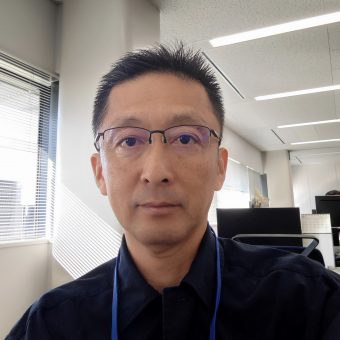A6:Smart Ocean
*Applicable to Entrepreneurship (GA0M)
Lecturers: Japan Agency for Marine-Earth Science and Technology, Ocean Policy Research Institute of the Sasakawa Peace Foundation, Tokyo University of Marine Science and Technology, Koden Electronics Co., Ltd, ORNIS Corporation, Panasonic System Networks R&D Lab.Co.,
- The Academy of Super Smart Society
-
Tetsuya Miwa,Yoshiyuki Nakano,Kotaro Tanaka,Yujiro Kitade,Shintaro Arata,Tetsuzo Matsumoto,Yoshio Koyanagi
- SSS.S406
- 1
- English
About Course
Would you like to join us in creating unique and innovative ideas using your expertise to work toward the realization of Super Smart Society? Specialist lecturers from companies and organizations participating in the Super Smart Society Promotion Consortium will provide you with on-demand lectures on initiatives, issues, and actual examples toward the realization of Super Smart Society.
As we expect to manage ocean resources and improve the efficiency of fisheries properly, what initiatives are being undertaken?
Learn about advanced smart ocean technologies and their future visions, including marine resource exploration, ocean observation and environmental assessment, sustainable aquaculture, smart buoys and remote sensing applications in fisheries, marine radar, undersea power feed, and more.
Your academic achievement will be evaluated through online discussions with other students after the lectures, which will be delivered every week.
Course Schedule
Lecture 1: The future of environmental information platforms revealed through marine resource exploration (Apr. 8)
The ocean and the sea floor are spaces that we cannot easily access.
It is also a space where radio waves are blocked which is necessary for information networks.
This topic will introduce ideas on how to collect environmental information from the ocean and the sea floor to construct global environmental information. (Japan Agency for Marine-Earth Science and Technology)
Lecture 2: Ocean observation technologies for global warming research (Apr. 15)
To research global warming, we need to conduct wide-area, high-precision oceanographic observations. In this lecture, Part 1 will introduce the technological transition to observe a wide area of the ocean. Parts 2 and 3 will introduce the means of observing the ocean: ships, Argo floats, unmanned vehicles, and sensors, and explain how the data obtained from these instruments are used. (Japan Agency for Marine-Earth Science and Technology)
Lecture 3: Ocean Policy and Smart Ocean (Apr. 22)
Overview the importance and challenges of the oceans and the ocean policies to solve them. Through the Smart Ocean initiative, think about the connection between science, technology and society in the ocean sector. (Ocean Policy Research Institute of the Sasakawa Peace Foundation)
Lecture 4: Physical oceanography of coastal areas including Suruga Bay (Apr. 29)
From the perspective of those of us living on land, for example, an ocean current of 1m/s may seem quite slow, but in terms of kinetic energy, it is equivalent to a wind speed of about 33m/s. In addition, the spatial and temporal scale of the current is large, and the ocean currents we see from land or ship are merely a momentary glimpse of waves with a range of tens to hundreds of kilometers. In this class, we will briefly introduce the physical phenomena that occur, focusing on Suruga Bay, and the mechanisms by which they occur. We hope that this lecture will help you become at least a little interested in ocean physical phenomena. (Tokyo University of Marine Science and Technology)
Lecture 5: Use of smart buoys for smart fishing (May 6 )
In addition to explaining the existing buoys, we will think together with the students about what kind of sensors will be equipped in the future and what kind of system will be build to make the fishing industry smarter. (Koden Electronics Co., Ltd.)
Lecture 6: New Business Model – Data Services based on the Multi-use of Ocean Radar Facilities- (May 13)
Ocean Radar Facilities deployed by a start-up company, ORNIS, will observe the direction and speed of the surface current and wave height continuously, and comply with the various different requirements such as Coast Guard, Tsunami countermeasure, Fishery Industry modernization and so forth. ORNIS developed a brand new business model to make this happen. (ORNIS Corporation)
Lecture 7: Free Positioning Wireless Power Transfer Technology for AUVs and Underwater Robots in Seawater (May 20)
This lecture will introduce an innovative position-free underwater WPT (Wireless Power Transfer) technology that can transmit power to remote locations even underwater, where electromagnetic waves are difficult to transmit. 3kW-class highly efficient power transmission in an actual seawater has been achieved in the demonstration experiment using an underwater robot. (Panasonic System Networks R&D Lab.Co.,)
講師 / Instructor
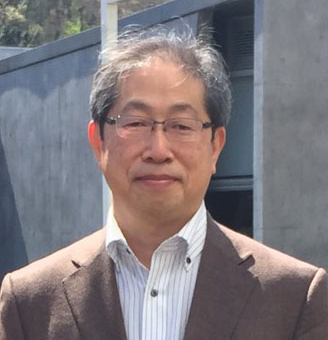
Tetsuya Miwa
Senior Research FellowJapan Agency for Marine-Earth Science and Technology (JAMSTEC)
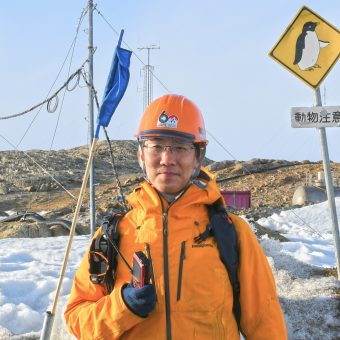
Yoshiyuki Nakano
Engineering Department.Japan Agency for Marine-Earth Science and Technology (JAMSTEC)
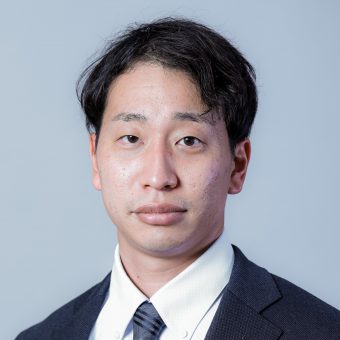
Kotaro Tanaka
ResearcherOcean Policy Research Institute of the Sasakawa Peace Foundation
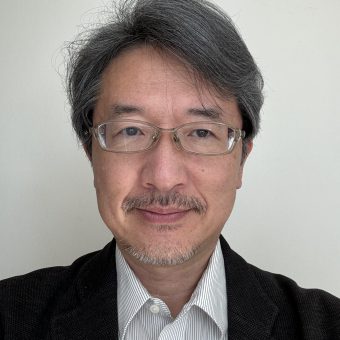
Yujiro Kitade
ProfessorTokyo Univ. Marine Science and Technology
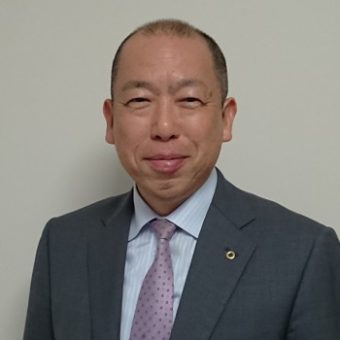
Shintaro Arata
PresidentKoden Electronics Co.,Ltd
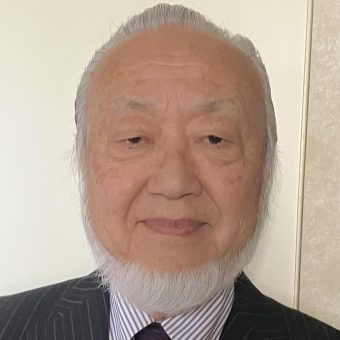
Tetsuzo Matsumoto
CEOORNIS Corporation
